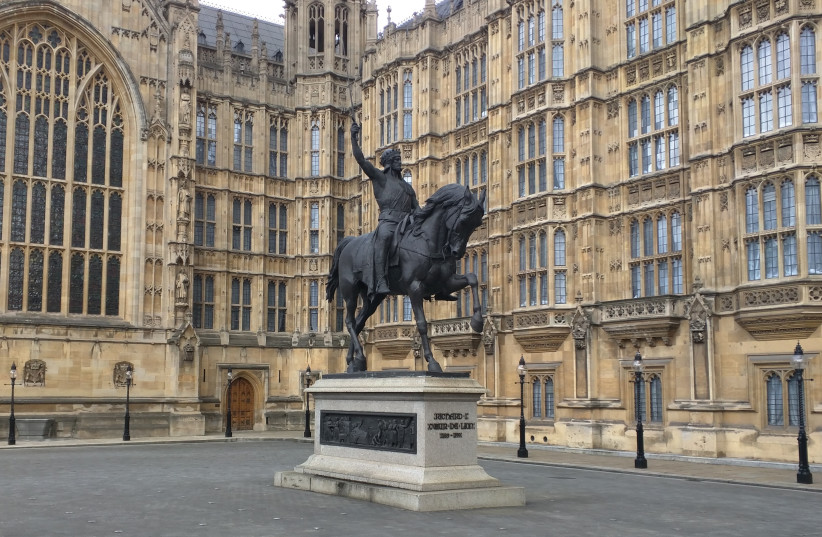September 2, 2021, marks 829 years since the signing of the Treaty of Jaffa, forming a truce between the Christian and Islamic armies and putting an end to the Third Crusade.
The treaty was signed following the Battle of Jaffa from the months prior. This battle saw the armies of England's King Richard I, also known as Richard the Lionheart, clash with the armies of Saladin, the Ayyubid sultan of Egypt and Syria.
At the time, Richard and the crusaders were building off two successful battles from the year before, the Siege of Acre which allowed the crusaders to take back the wealthy and strategically important port city, and the Battle of Arsuf, which threatened Saladin's control of Jerusalem and was seen as a major victory for the crusader army. The location of Arsuf is a matter of historical debate, but researchers at Tel Aviv University managed to pinpoint a specific area between Herzliya, Kibbutz Shefayim and the villages of Rishpon, Kfar Shmaryahu, modern Arsuf and Arsuf-Kedem.
Following this, Richard had begun capturing castles and had tried to push towards Jerusalem. However, he struggled to make it there, with multiple attempts being stopped for various reasons such as dissension among the leadership. Negotiations had failed, and ultimately, Richard soon began making preparations to leave for England, as the actions of his brother John and France's King Philip Augustus threatened his interests back home.
But as he was making his way to leave, however, Saladin stormed Jaffa, taking the city in three days. However, the Crusaders held out in the city's citadel.

Seeing this, Richard supposedly charged, leading a force of just 54 knights, a couple of hundred infantry, and some 2,000 crossbowmen from Genoa and Pisa, as recorded in the medieval Latin prose narrative Itinerarium Regis Ricardi. Compared to Saladin's army of around 10,000 cavalry, the Christians were at a major disadvantage. However, the Muslim army broke, with many scholars suggesting they had feared this assault was simply the vanguard of a larger force.
Saladin would later try to launch a counterattack, but the defenders held out and ultimately defeated the Ayyubid army. The exact losses are unclear, but some estimate Saladin's losses at 700 dead and Richard having just two soldiers killed.

Ultimately, both sides became weary of fighting, and a truce was finally agreed upon. This is what led to the treaty.
It was agreed that Christians and Muslims alike would both be allowed to safely travel in the Holy Land. Jerusalem would remain under Muslim control, though Christian pilgrims would be allowed to enter, and the coastline from the city of Tyre to Jaffa would remain in Christian hands.
Leaving Jerusalem under Islamic control also allowed the city's Jews to continue living there – as, unlike the crusaders, Saladin extended tolerance to Jews.
